Browse by Job:
Browse by Job:
White Papers

The balance between oil production and reducing greenhouse gas emissions is a difficult one to strike; fortunately new technologies can help reduce pipeline emissions in a way that helps oil […]
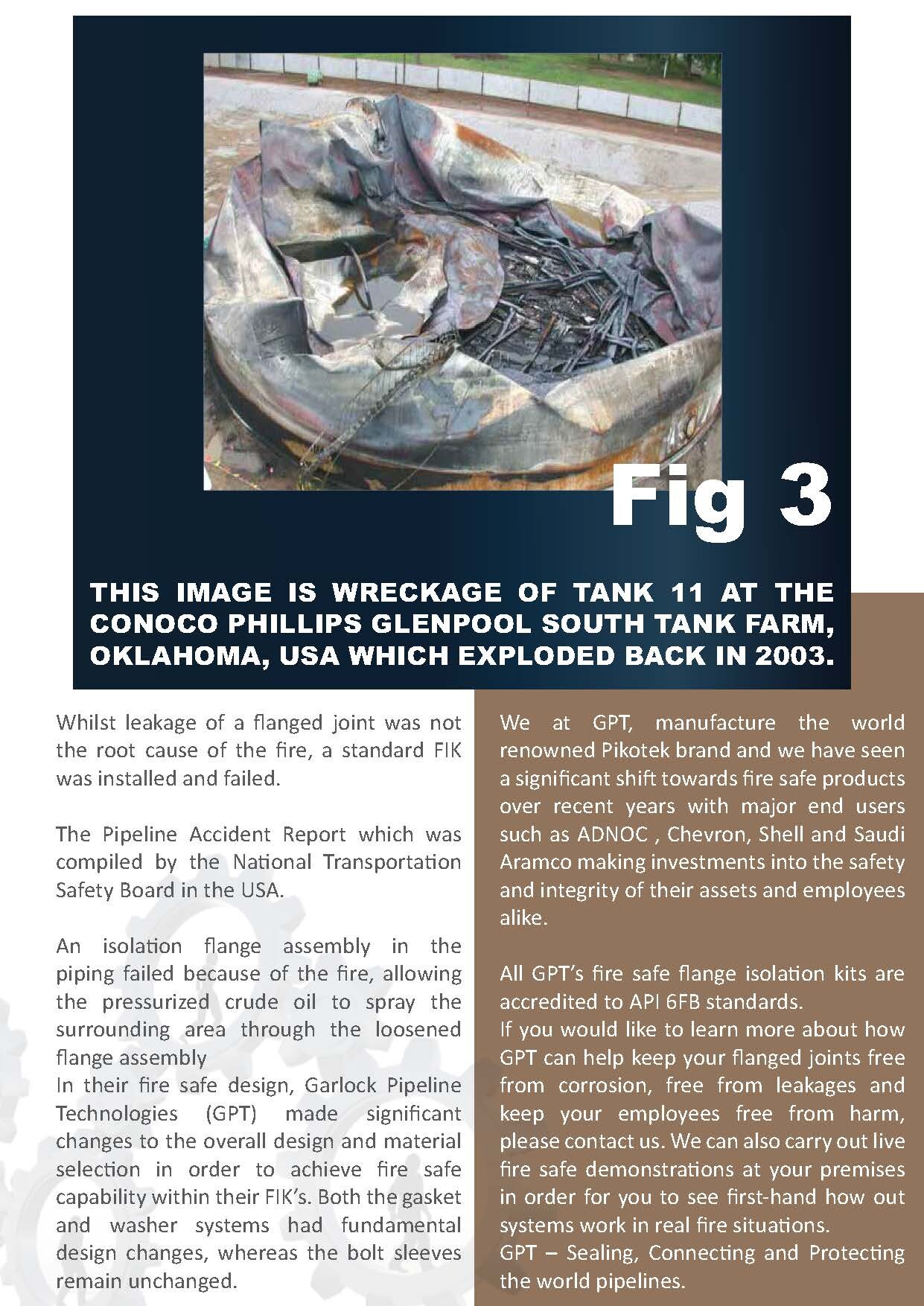
Piping systems are utilised across the world to carry a multitude of different media such as oil, gas, water, chemicals and many other fluids and gases and are found in […]
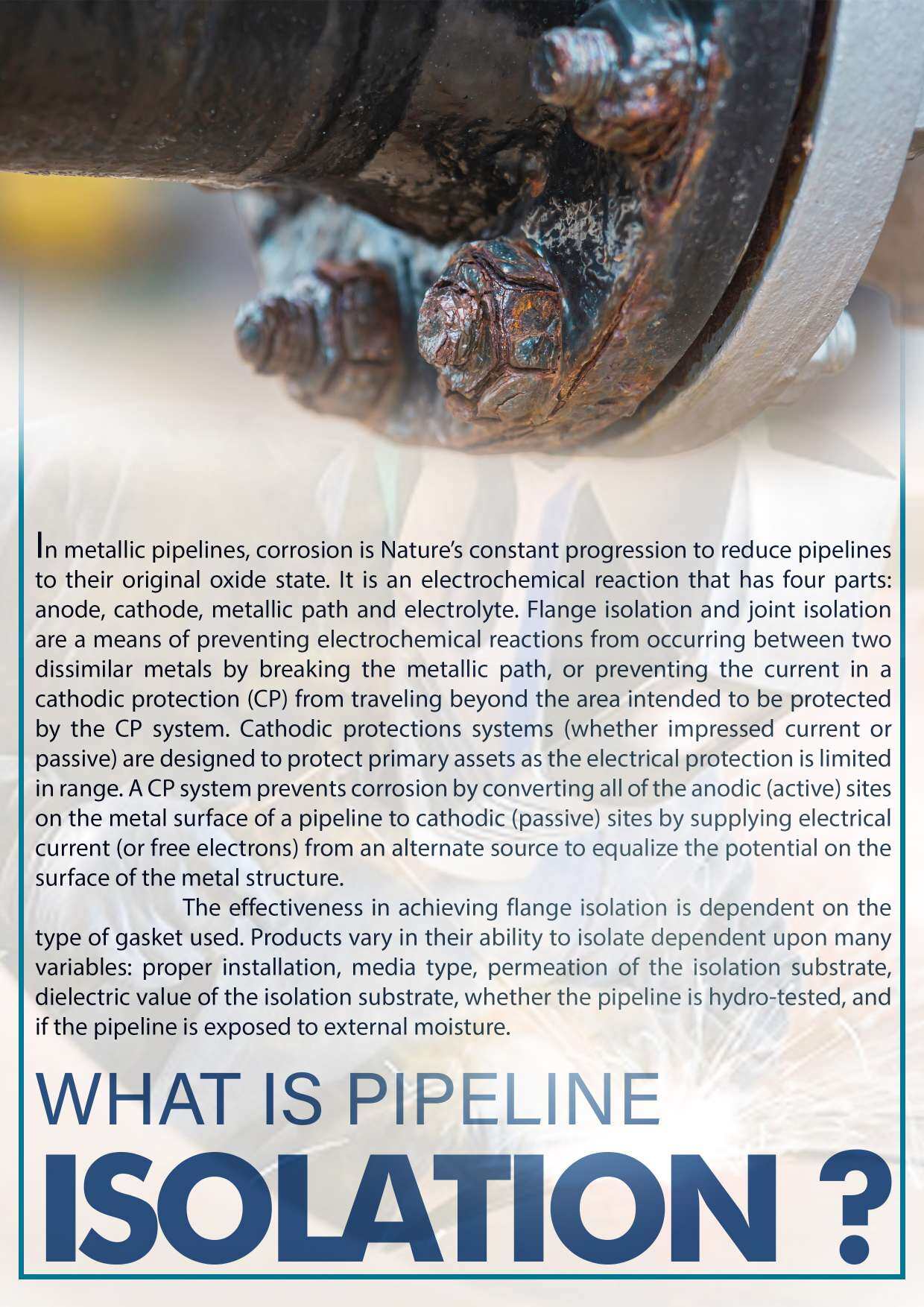
In metallic pipelines, corrosion is the constant attempt by nature to reduce pipelines to their original oxide state. It is an electrochemical reaction that has four parts: anode, cathode, metallic […]

The ramifications of corrosion within the oil and gas industry can be devastating for many reasons. Not only is there the dramatic increased cost of replacement parts and components, it […]

A standard in gasket design for GPT is to match the gasket inside diameter to the pipe bore that the gasket is being put into. This is the appropriate sizing […]

The selection and installation of isolation kits has seemed pretty simple throughout the years. Simply select a gasket that stated it was an “isolating gasket” and pair it with isolating […]
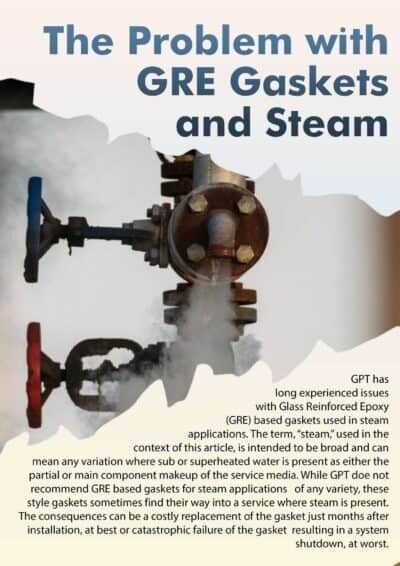
GPT has long experienced issues with Glass Reinforced Epoxy (GRE) based gaskets used in steam applications. The term, “steam,” used in the context of this article, is intended to be […]
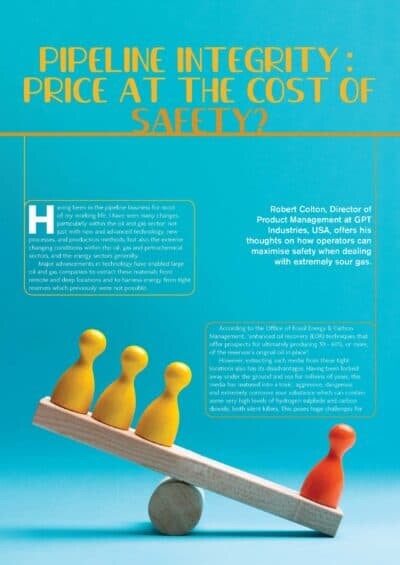
Robert Colton, Director of Product Management at GPT Industries, USA, offers his thoughts on how operators can maximise safety when dealing with extremely sour gas.
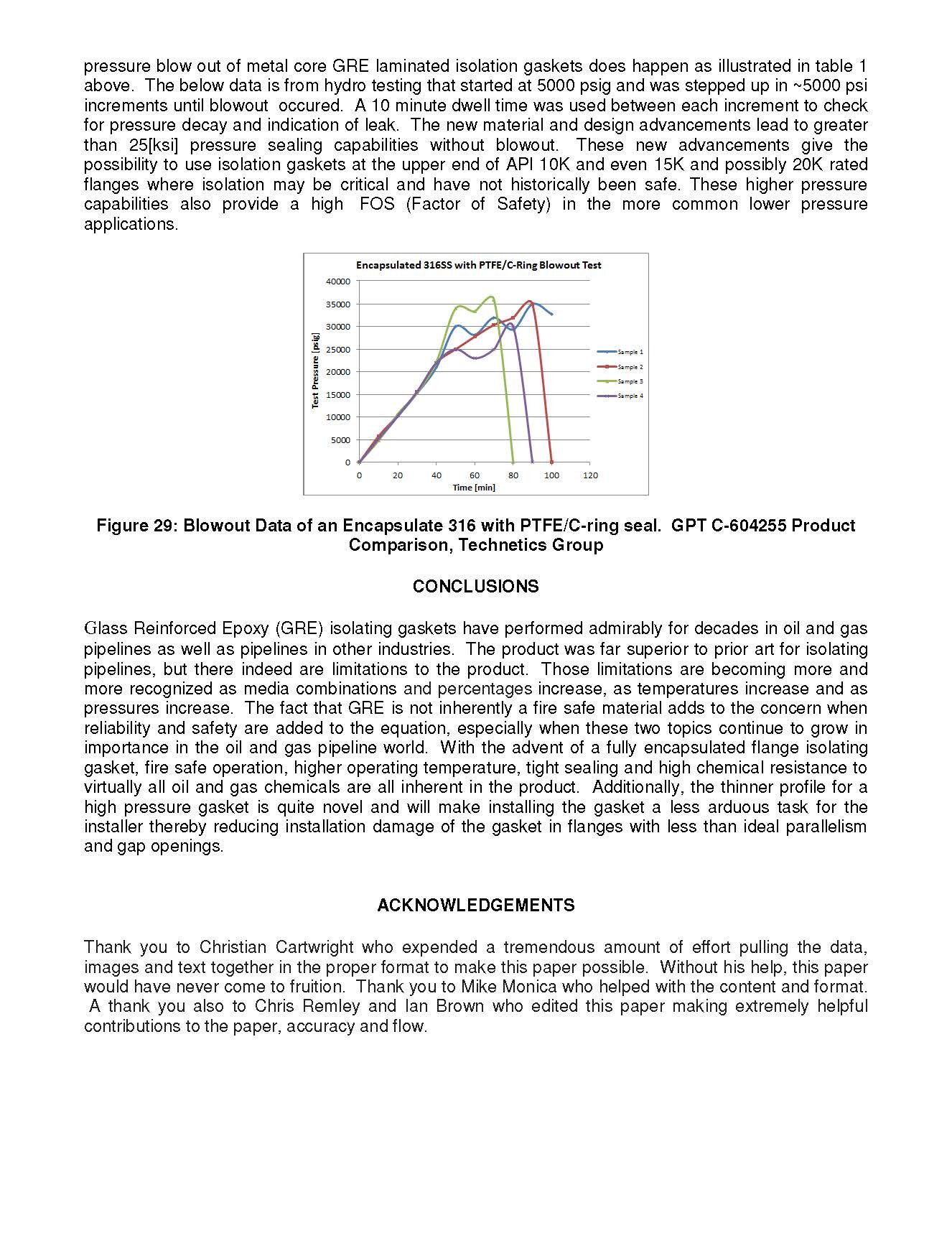
You can now download GPT's highly acclaimed paper “New Design/Material Solution for Isolating Pipelines with Chemical and Permeation Issues”. The paper was presented at NACE CORROSION 2018, in Phoenix and […]
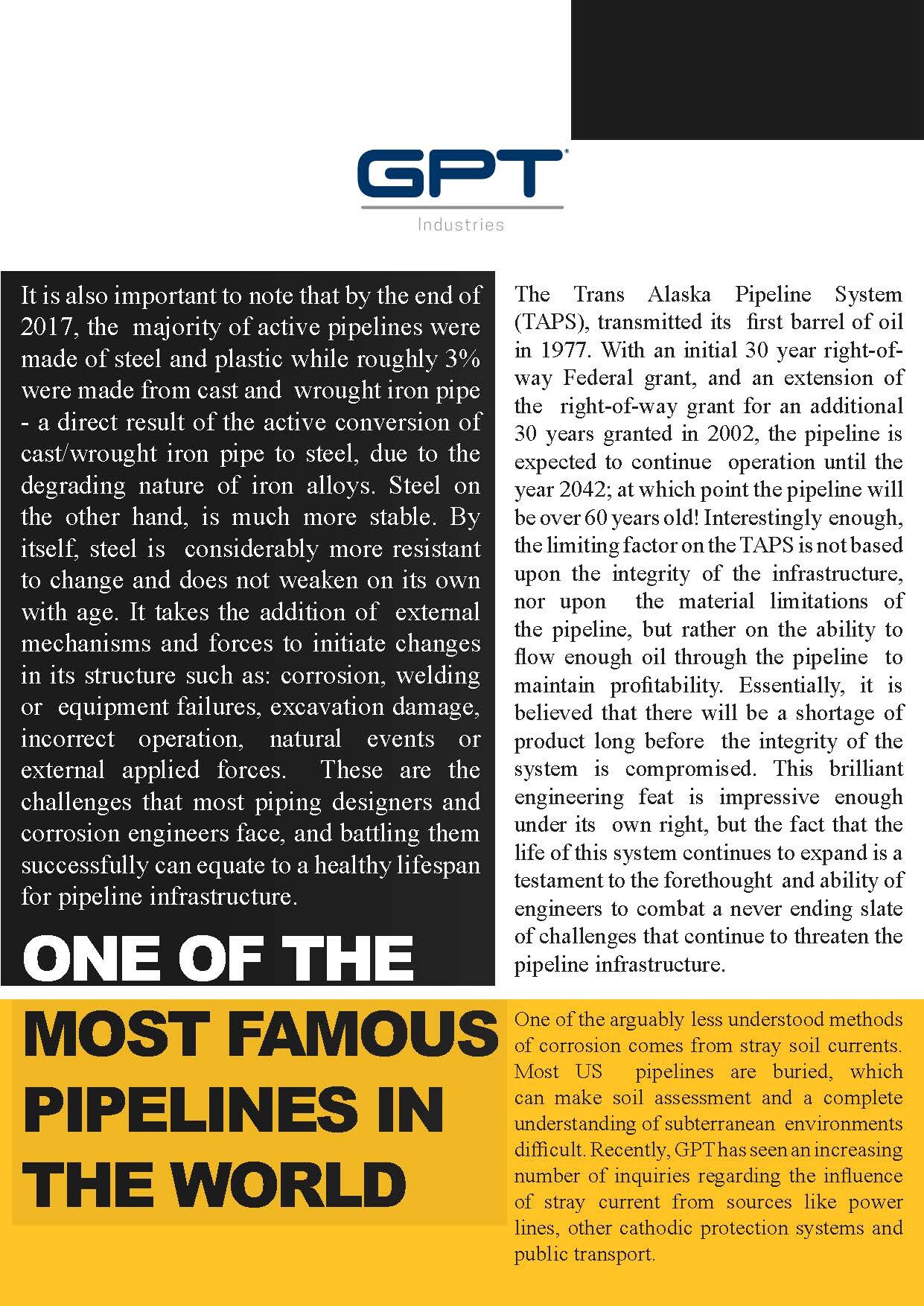
With America’s pipelines aging and the ever increasing demands posed by harsher service conditions, the importance of integrity management and in particular corrosion prevention have never been more important and […]
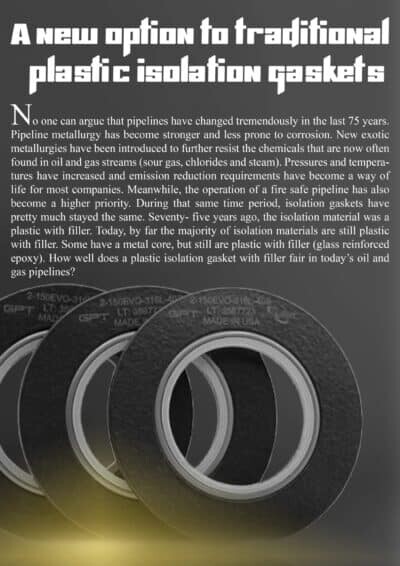
No one can argue that pipelines have changed tremendously in the last 75 years. Pipeline metallurgy has become stronger and less prone to corrosion. New exotic metallurgies have been introduced […]
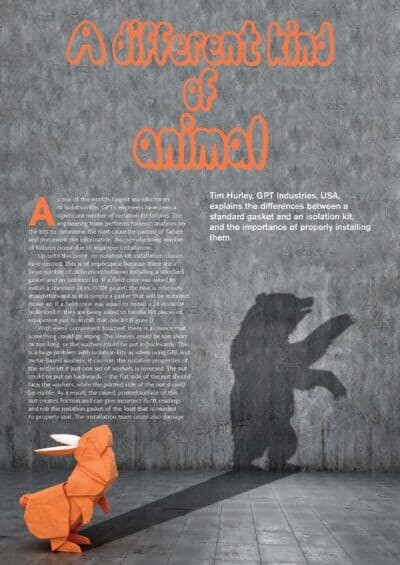
Tim Hurley, GPT Industries, USA, explains the differences between a standard gasket and an isolation kit, and the importance of properly installing them. As one of the world’s largest manufacturers […]
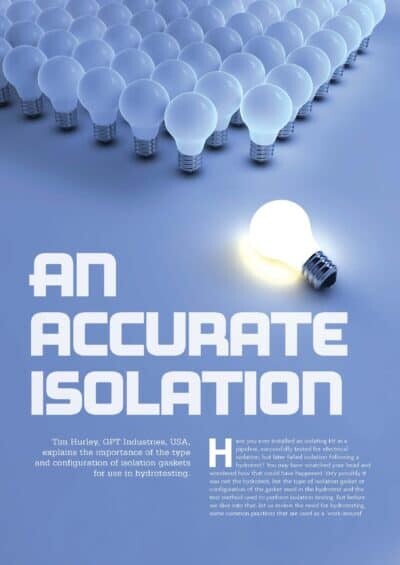
Have you ever installed an isolating kit in a pipeline, successfully tested for electrical isolation, but later failed isolation following a hydrotest? .... Tim Hurley, GPT Industries, USA, explains the […]